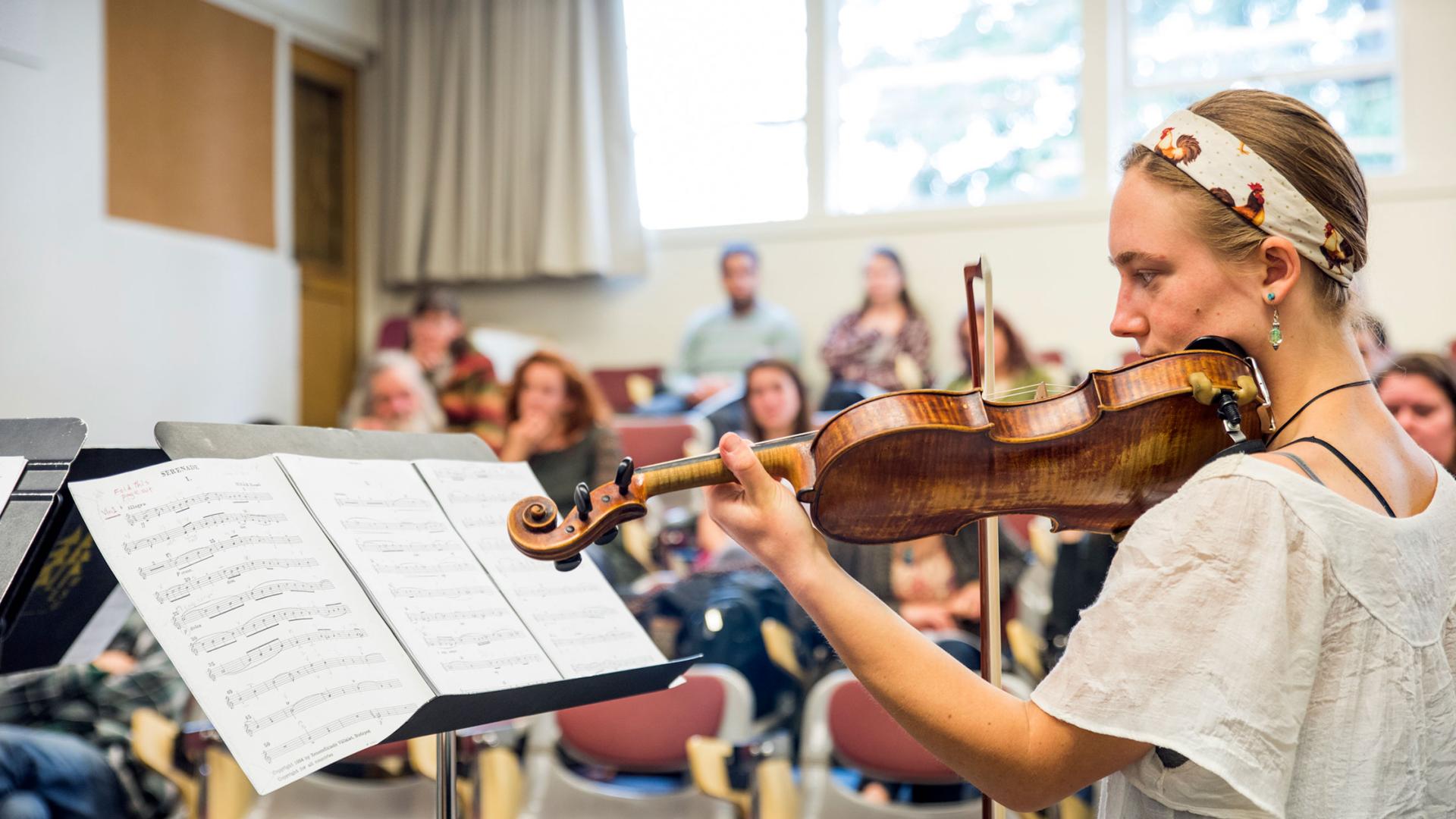Breadcrumb
Who We Are
Contacting us:
If you are interested in our research or products, please contact:
Steve Railsback
Adjunct Professor, Humboldt Department of Mathematics
and Lang, Railsback and Associates
Arcata, California
E-mail: steven.railsback@humboldt.edu
Chris Dugaw
Who we are
Ecological and individual-based modeling at Cal Poly Humboldt is usually a collaboration among faculty and graduate students of departments including Mathematics, Fisheries, Wildlife, and Environmental Resource Engineering; staff of on-campus organizations including the U.S.D.A. Forest Service's Redwood Sciences Laboratory and the California Cooperative Fisheries Research Unit; and consultants such as Lang, Railsback & Associates.
The model and software development team is led by Steve Railsback. Dr. Railsback has been conducting fisheries research for California agencies and utilities since 1992, including building and testing fish IBMs. From 1986 to 1992, he conducted hydropower and fisheries research at Oak Ridge National Laboratory. Dr. Railsback is a consulting scientist and adjunct professor, Humboldt Department of Mathematics.
- Our head fish ecologist is Dr. Bret Harvey of the Forest Service's Redwood Sciences Laboratory and adjunct professor, Humboldt Fisheries. Bret and his colleagues Rod Nakamoto and Jason White provide ecological expertise, conduct field and laboratory studies to support and test model assumptions, and participate very actively in the development and application of our fish models.
- The Principal Investigator for this project from 1999 to 2007 was Dr. Roland Lamberson, now Professor Emeritus of Mathematics. Dr. Lamberson participated in the development of a number of individual-based models, including the pioneering (early 1990s) LANDSCAPE spotted owl model.
- Our software was developed and maintained through 2010 by Steve Jackson. Steve is a graduate of the Environmental Modeling program at Cal Poly Humboldt and an experienced Swarm programmer. Steve is now on the Mathematics faculty at College of the Redwoods, Eureka, CA.
External and international collaborators
We have been lucky enough to visit, collaborate, and publish (see the Products and Publications page) with many others, including the following.
- Volker Grimm, Karin Frank, and colleagues, Helmholtz Centre for Environmental Research - UFZ, Leipzig, Germany. The Department of Ecological Modelling at this institute is a global leader, especially in individual-based modeling. Dr. Grimm actively collaborates with us on publications concerning modeling theory and application of individual-based models to ecological theory.
- Dr. Uta Berger and her laboratory at Dresden University of Technology, Dresden, Germany have organized the summer schools in individual-based modeling where many of our teaching concepts were developed. She is our expert on formal model analysis and integration of NetLogo and R.
- Dr. Daniel Ayllón Fernández (formerly: UFZ Leipzig; currently: Universidad Complutense Madrid, Spain) visited us in 2013 and continues to collaborate on our salmonid modeling work. Dr. Ayllón reimplemented our inSTREAM model in NetLogo software and added genetic inheritance of key traits as his inSTREAM-GEN model. See the publications page for products of this work.
- Prof. Jarl Giske, Geir Huse (now: Institute of Marine Research), and colleagues in the Theoretical Ecology Group, Department of Biology, University of Bergen, Norway. This group is another global leader in individual-based modeling, especially of marine fish.
- John Goss-Custard (retired; CEH Dorset) and Richard Stillman (University of Bournemouth, UK) are pre-eminent and pioneering individual-based modelers of shorebirds.
- Computer scientist Steve Lytinen of DePaul University (deceased) spent sabbatical semesters with us in the fall of 2005 and in 2011. He worked with us to review the various software platforms for individual-based modeling---e.g., Repast, Swarm, NetLogo---and to develop materials to help researchers get started with these platforms. Products include a publication reviewing five platforms and a set of widely used template models for each platform. Steve also helped us teach modeling short-courses.





